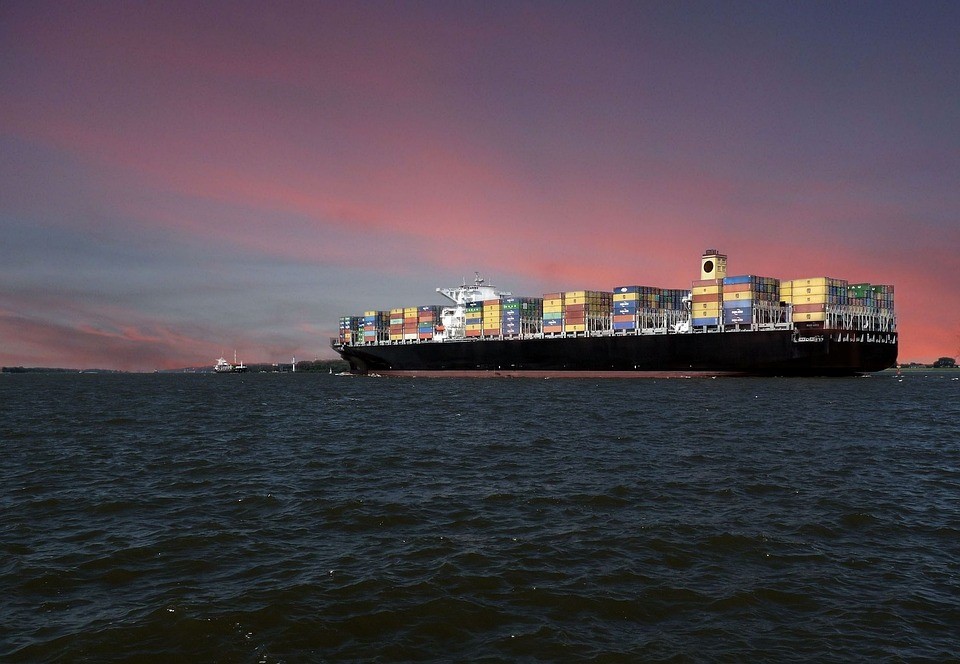
The Mystery of the "ID Card" for Household Paper
As a veteran with 20 years of experience in foreign trade, I am often asked an interesting question by clients: "Why do seemingly similar tissues,Classification of CustomsWhy are they so vastly different?" Today, let's unravel the "identity code" of household paper like detectives solving a case.
The "Ingredient Determinism" of the Wet Wipe Family
In the eyes of customs, wet wipes are like a group of siblings with vastly different personalities, and their "ID numbers" (HS codes) entirely depend on their internal composition and intended use:
- Disinfecting wipes (3808.9400): Contains bactericidal ingredients such as benzalkonium chloride, enjoying a 9% tariff "special treatment."
- Baby wipes (3401.1990): Surfactant-based formula, with a 6.5% tax rate reflecting care for infants
- Makeup remover wipes (3304.9900): A combination of olive oil + aromatic agents, with only a 1% "beauty tax."
- Pet wipes (3401.1990): Quaternary ammonium surfactants make it a "cousin" to baby wipes.
Remember last year when a client mistakenly declared disinfecting wipes as regular cleaning wipes, resulting in customs requiring payment of the tariff difference. This reminds us:The "ID card" of wet wipes must never be issued based on appearance alone..
The "Beautiful Misunderstanding" of Facial Mask Sheets
Here's a classic case: A company imported "facial mask sheets" classified under HS code 4818 (paper products), but upon customs inspection, they were found to be essence-soaked facial masks, ultimately requiring reclassification to 3304.9900 (cosmetics). This $500,000 lesson teaches us:
- Dry, non-impregnated facial mask substrates belong to paper products
- Pre-soaked essence facial masks are cosmetics
- The word "cosmetic" on the packaging is an important classification clue.
The "Material Test" for Tissue Products
Kitchen paper towels, facial tissues, and toilet paper—these three "paper siblings" often leave people confused. The key to classifying them lies in three dimensions:
- Grammage: ≤150g/m2 classified as 4818, >150g/m2 as 4803
- Processing technology: Deep processing like embossing or printing affects classification
- Packaging form: Retail packaging and industrial packaging may have different tax rates
Last year, a batch of Japanese imported kitchen towels I handled was adjusted from 4818.9000 to 4803.0000 due to exceeding grammage, increasing the tax rate from 6% to 10%.
The "Cross-Border Life" of Specialty Paper
Some household paper products dont follow conventional rules:
- Diapers (9619.0011): Although containing non-woven fabric and PE film, classified as miscellaneous products
- Toilet wipes (3307.9000):The lanolin ingredient allows it to "cross over" into cosmetics.
- Oral wipes (3306.9090): Purified water + plant extracts = oral care products
A client once insisted that disposable underpads should be classified as textiles, resulting in a two-week customs clearance delay. Remember:When a product's functionality transcends its material essence, its classification will "cross boundaries.".
Three practical methods for classification
Based on 20 years of experience, Ive summarized the golden rules for household paper classification:
- Component priority principle: First examine the liquid composition, then physical characteristics
- Function-oriented principle: The products claimed functionality often determines classification
- Packaging lock principle: Retail packaging may alter the entire classification path
Just like the batch of "disinfectant wipes" imported from South Korea last year, although their composition complied with 3808, they were ultimately classified as cosmetics due to the packaging marked with "cosmetic use," resulting in an 8-percentage-point drop in the tax rate.
Professional advice for import-export traders
To avoid "stepping on a landmine" in classification, I suggest:
- Always conduct pre-classification for new products - Customs pre-determination letters are the best protective talisman
- Maintain a complete product formula list, as it serves as the "imperial sword" to address customs inquiries.
- Monitor FTAs like RCEP - Korean-made wipes can enjoy a preferential 5.2% tax rate under the agreement
Remember, household paper classification isnt a guessing game but a rule-based technical skill. Mastering these rules will make your import/export journey much smoother!


 Follow the customer service WeChat account.
Follow the customer service WeChat account.